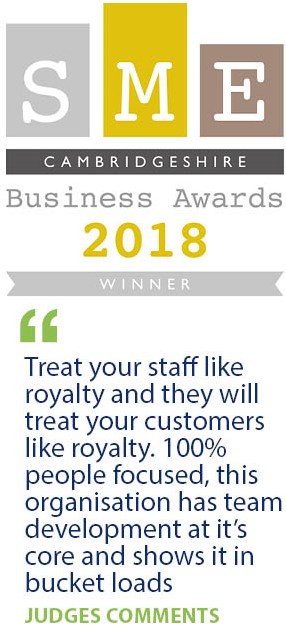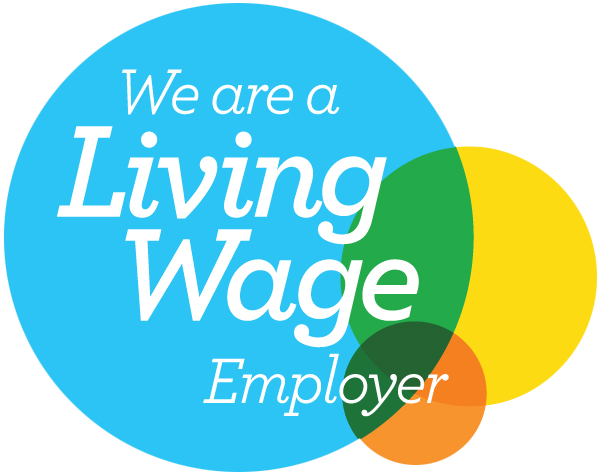
The Equality Act legally protects people from discrimination in the workplace and in wider society. Historically these areas of diversity include:
Promoting an open, welcoming, and accepting culture is more than just complying with the law – it should be something that every company pursues in a proactive and forward-thinking way, no matter what the law requests.
Not only does this foster a culture of kindness, respect, and compassion, but it should also form a major part of your company’s core brand values.
Another reason why diversity and inclusion are so important is that it contributes to employee retention and productivity. One study highlighted that when employees trust that they and their colleagues will be treated fairly regardless of race, gender, sexual orientation, and age, they are:
Furthermore, a diverse and inclusive workplace demonstrated:
There are also strong links between positive workplace wellbeing and diversity and inclusion. An inclusive attitude tends to sit hand in hand with high self-esteem and a sense of belonging and being valued. Inclusive workplaces will also seek to proactively remove obstacles that might threaten an individual’s career progression, encouraging progression with greater levels of engagement and support.
But talking about it is one thing – actually implementing a strategy to promote diversity and inclusion in the workplace is a process that requires consistency, patience, time, and understanding. Some of your workforce may be resistant to the changes you are trying to make, and that will come through a lack of clarity as to what diversity and inclusion actually mean. So, let’s strip it back a bit and start by defining what they mean to you as a company and the individual within your company.
Crowdsourcing suggestions from your workforce as to how to describe diversity and inclusion will open up the channels of communication and encourage conversations about how they should be dealt with in your workplace. Do not allow the discussions to descend into chaos though – suggestions need managing in a sensitive way, and a leader needs to be taken to drill down into a definition that is relevant and accessible to all.
Your workforce is probably made up of a wide range of personalities that come from a variety of cultures and backgrounds who all have their own thoughts and beliefs. Creating diversity and inclusion in that environment requires understanding, respect, and compassion.
Make sure that your workplace calendar observes different traditions – make a point of celebrating them if appropriate to increase awareness and education among the rest of the workforce. It doesn’t just have to be religious festivals, such as Christmas and Eid. There can be a whole raft of other ‘fun’ cultural activities such as the German Oktoberfest, the Tomatina tomato throwing festival in Spain, or the Chinese New Year…
Creating a culturally diverse social calendar will encourage all employees to approach diversity with fun, laughter, and a sense of belonging.
You can organise a wealth of fun parties throughout the year, but if the leadership team doesn’t get involved, then any momentum will soon peter out. Changing the culture of a company requires time, effort, and energy on a consistent level. Depending on the size of your organisation, you need to build in a number of ‘layers of activities spread across the year so that momentum can be spread across the board and kept at a level that continues to drive through improvements.
Although D&I is an emotive topic, it can be split into measurable components. Working together with HR on how to create diversity and inclusion in the workplace you can establish a set of values and barometers that relate specifically to your company, its demographics, its sector, and build up a series of goals that are achievable and measurable. Without these benchmarks and metrics, you will not get that valuable insight into the effect these initiatives have.
Sign up for briefings on pay benchmarking, salary surveys, reward strategy and statistical updates.
sign up for updates
© Paydata Ltd 2024 All rights reserved.
Registered in England no: 3632206
VAT no: 728 0808 28
Paydata Ltd, 24 Commerce Road, Lynch Wood, Peterborough, Cambridgeshire, PE2 6LR

